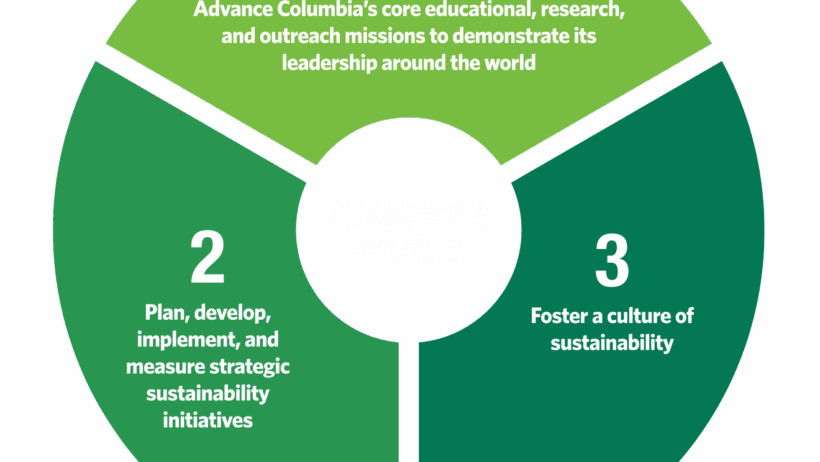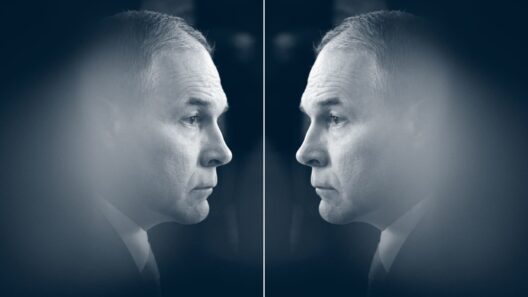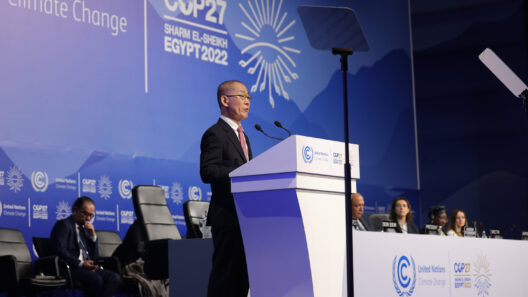Indonesia stands as a lush archipelago, woven with an intricate tapestry of diverse ecosystems that encapsulate its identity. This vibrant paradise, with its sprawling rainforests and pristine beaches, is more than just a stunning locale; it symbolizes the converging nexus of environmental stewardship and governmental initiative. As the world grapples with the dire consequences of climate change, Indonesia emerges as a budding leader, unfurling its initiatives towards a sustainable future. Herein lies an exploration of Indonesia’s climate leadership through a lens of innovative programs, collaborative partnerships, and community engagement.
First and foremost, embracing sustainability requires robust governmental frameworks. Indonesia’s government has articulated a vision that intertwines economic growth with environmental integrity. The National Medium-Term Development Plan articulates ambitious targets for reducing greenhouse gas emissions by 29% unconditionally, and up to 41% with international assistance by 2030. This commitment is akin to planting seeds of hope, nurturing a system that aims to flourish while mitigating adverse climatic impacts. The government realizes that economic prosperity should not come at the expense of ecological wellness; thus, it aims to transcend traditional development paradigms.
In a vivid portrayal of Indonesia’s climate leadership, the establishment of the Low Carbon Development Initiative (LCDI) symbolizes a comprehensive, data-driven approach to sustainability. This initiative functions as a roadmap, guiding various sectors towards low-carbon transitions through transformative policies. The LCDI is a clarion call, urging industries to undergo metamorphosis — much like a caterpillar’s transformation into a butterfly — reducing emissions and promoting resilience. It advocates for renewable energy adoption and sustainable transportation networks, ensuring that Indonesia’s infrastructure reflects a commitment to an environmentally harmonious future.
Moreover, the Indonesian government acknowledges that a singular entity cannot orchestrate the symphony of sustainability alone. Thus, collaboration emerges as a cornerstone of its climate strategy. Myanmar’s forests, at risk of deforestation, serve as an external reminder of the interconnectivity required in environmental stewardship. Indonesia’s REDD+ (Reducing Emissions from Deforestation and Forest Degradation) initiative stands as an exemplar of collective goodwill — an initiative where local governments, indigenous communities, and civil society unite to protect vast carbon sinks while embedding sustainable practices. By harnessing the knowledge of indigenous peoples, who have stewarded these lands for centuries, REDD+ fosters resilient ecosystems, akin to a gardener cultivating harmony in nature.
In tandem with these initiatives, the government actively promotes reforestation as a pivotal measure, reinstating lost biodiversity while sequestering carbon dioxide. The One Million Forest campaign exemplifies this ambition, mobilizing communities to restore degraded lands. This endeavor has resulted in the planting of millions of trees, creating corridors of green that breathe life back into the land. Trees, often dubbed the lungs of the Earth, resonate with Indonesia’s ethos—a commitment to breathing new life into the environment for generations to come.
Furthermore, climate change adaptation is indispensable in Indonesia’s multifaceted approach. As the specter of rising sea levels looms ominously over coastal regions, the government has initiated a myriad of adaptation strategies. The Coastal and Marine Spatial Planning Act steers development within coastal areas, ensuring that ecological, economic, and social needs form a cohesive triad. This act is a lighthouse, guiding decision-makers amid turbulent waters, safeguarding both habitat and community. By integrating risk assessments into land-use planning, Indonesia seeks to bolster its resilience to climate-induced challenges, a proactive stance reminiscent of a fortress prepared to weather any storm.
On the grassroots level, public awareness campaigns bridge the chasm between policy and community engagement. The climate crisis transcends borders, as do its solutions. The government encourages citizen participation through educational programs aimed at fostering environmental stewardship. These initiatives act as a clarion call to society, mobilizing individuals to become agents of change. Communities partake in local clean-up drives, sustainable farming practices, and youth-led environmental activism, essentially transforming passive observers into fervent advocates. Each individual becomes a thread in Indonesia’s rich environmental tapestry, united in purpose to forge a sustainable legacy.
As the narrative of Indonesia’s climate leadership unfolds, it becomes crucial to spotlight the roles of private investment and innovation. The convergence of sustainability and economic viability ignites a spark, encouraging sustainable business practices that resonate with conscious consumption. The government’s facilitation of green investments through fiscal incentives fortifies the private sector’s commitment to sustainability, driving innovation in renewable energy technologies and waste management systems. Corporations, too, have the potential to metamorphose into custodians of eco-friendliness, catalyzing a change that reverberates through generations.
Finally, international cooperation remains entwined with Indonesia’s climate efforts. As Indonesia forges partnerships with other nations, sharing knowledge and experiences transcends diplomatic boundaries. Forums such as the United Nations Framework Convention on Climate Change (UNFCCC) provide platforms for shared discourse, where Indonesia can showcase its initiatives while learning from the global community. Collaborative efforts amplify the impact of climate policies, strengthening resilience in the face of an evolving global climate landscape.
In conclusion, Indonesia’s journey towards climate leadership is a kaleidoscopic mosaic, integrating innovative policies, community engagement, and collaborative partnerships. The government’s unwavering commitment to sustainability illuminates the path toward a verdant future. As the archipelago navigates the complexities of climate change, there lies an undeniable truth: Indonesia is poised to lead by example, demonstrating that a prosperous future can exist hand-in-hand with environmental stewardship. By embracing this duality, Indonesia not only preserves its unique appeal but also inspires a global movement toward sustainable development.








